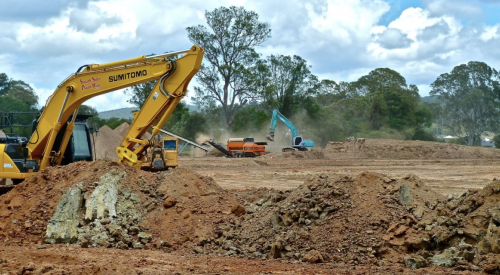Mistakes in design, material selection or trade contractor contracts can turn sure profits into unexpected losses, and too often for too many builders the culprit is a lack of timely, accurate financial data to help in the decision-making process. The reality, says longtime industry financial consultant Steve Maltzman of Redlands, Calif., is that many builders fly blind through most of the year, not knowing how well or poorly they're doing until closing, long after any opportunity to change course and improve the bottom line.
Maltzman advises many of his small-volume clients to switch to an accounting method that gives them greater accuracy in gauging their progress on a monthly basis. This is achieved by tracking the percentage of completion on each home.
But Maltzman, who manages the accounts of all Builder 20 organizations in the country, makes an important distinction between small-volume builders who build mostly on spec and those who pre-sell homes. For those who build on spec, tallying income at the very end of the process makes sense.
This is called completed-contract accounting. The critical difference is that there is no contract to purchase a spec home until it is completed, whereas pre-sold homes typically require upfront contracts with long intervals until closing.
"I encourage guys who are primarily pre-sales, small-volume builders to be booking things on percentage of completion," Maltzman says. "What it does, number one, is force the builder to relook at his or her estimate on a monthly basis. Number two, it allows a builder to measure production and productivity because every month you are clicking up the cost you have incurred during the month. You're not burying your costs on a balance sheet. You’re seeing it every month on your income statement."
Percentage-of-completion accounting requires more discipline from a builder than cash, accrual or completed-contract accounting. First, builders must develop a system for accurately forecasting their costs on each job because that forms the benchmark for progress as the job proceeds. Second, it requires additional monthly bookkeeping.
|
Four Methods, Four Results
According to Maltzman, if a small-volume builder pre-sells a home for $500,000 and estimates his total cost for the job to be $400,000, that builder’s books will look very different under each of the four principal accounting methods (see table).
In the first 30 days, the builder pays $10,000 for permits, fees and other costs. He receives an invoice for another $10,000 from the excavator. And finally the builder sends out the first progress billing in the amount of $60,000.
If the builder uses the cash method, he would show a $10,000 loss for the first 30 days. Under accrual accounting, he would show a $40,000 gain. Under the completed-contract method, $0 would be shown under revenue, costs and gross profit. But under the percentage-of-completion method, the builder would show a $5,000 gain, a more accurate picture of where the job was at the end of the month.
The advantages of the percentage-of-completion method go away for builders closing more than 25 homes per year, says Mike Benshoof, an associate at Maltzman’s firm.
"It's all about having the data, and if you're a large enough builder, you don't need the data," Benshoof says. "If you close houses every 30 days, you don't need to do percentage-of-completion."










